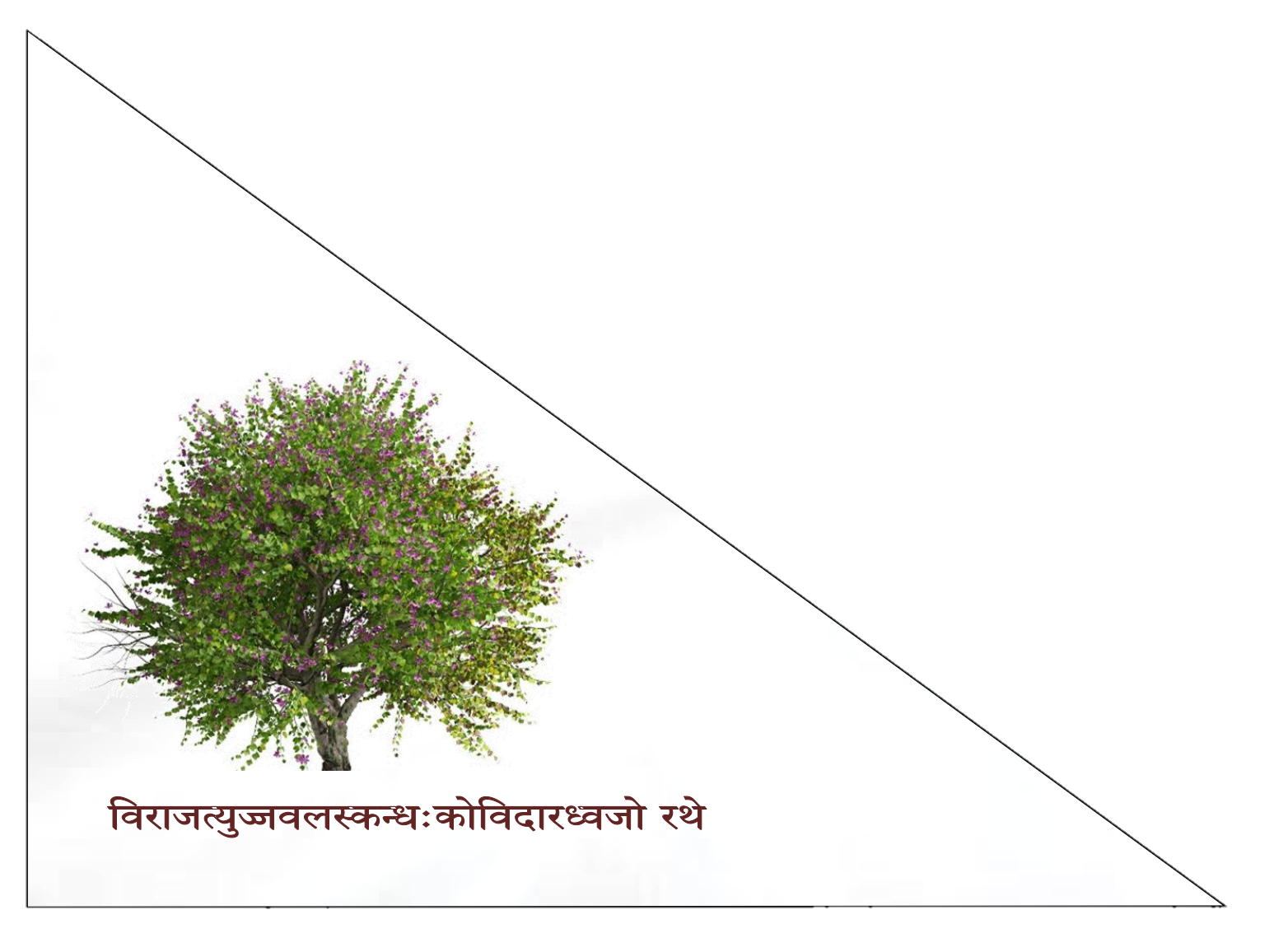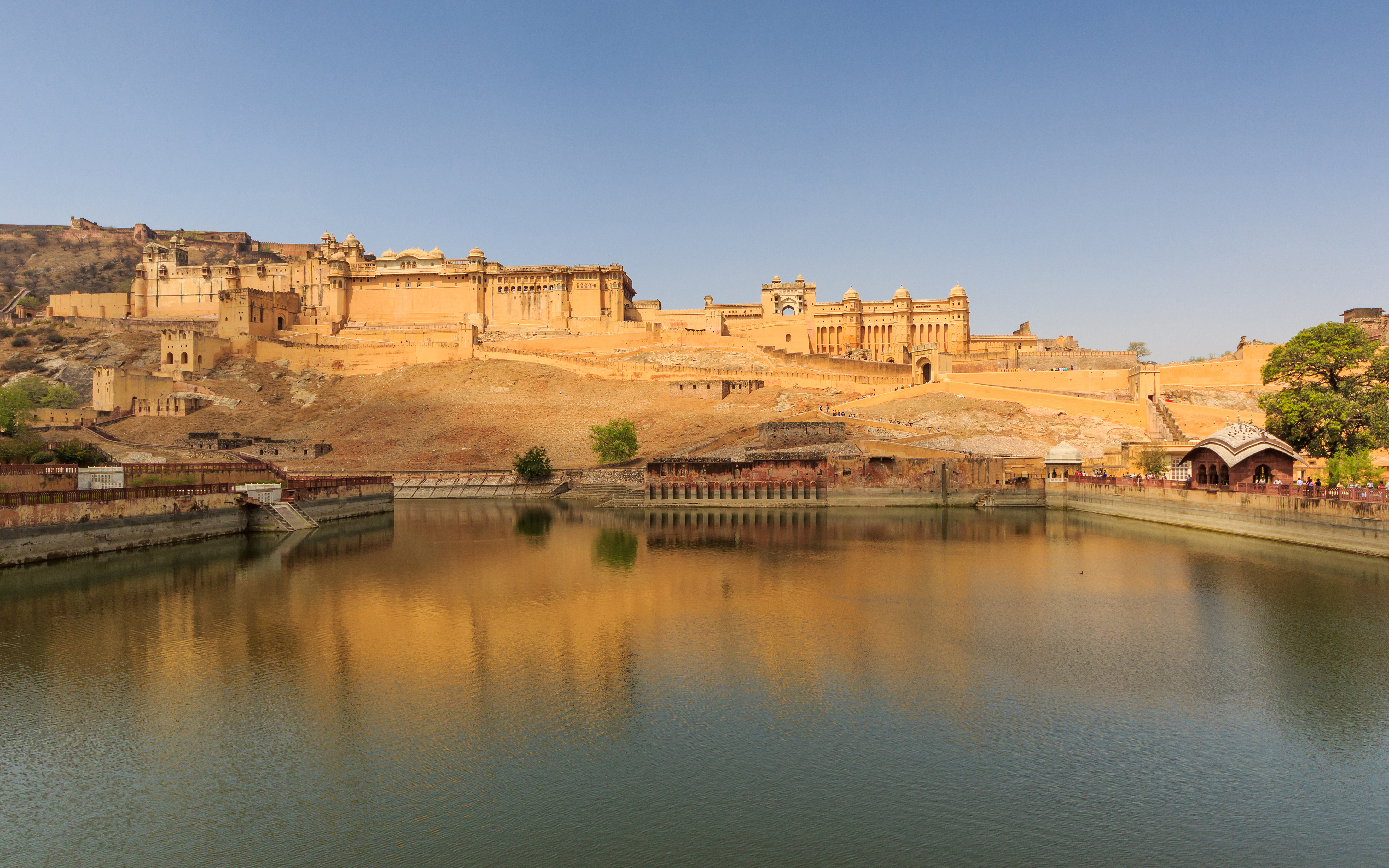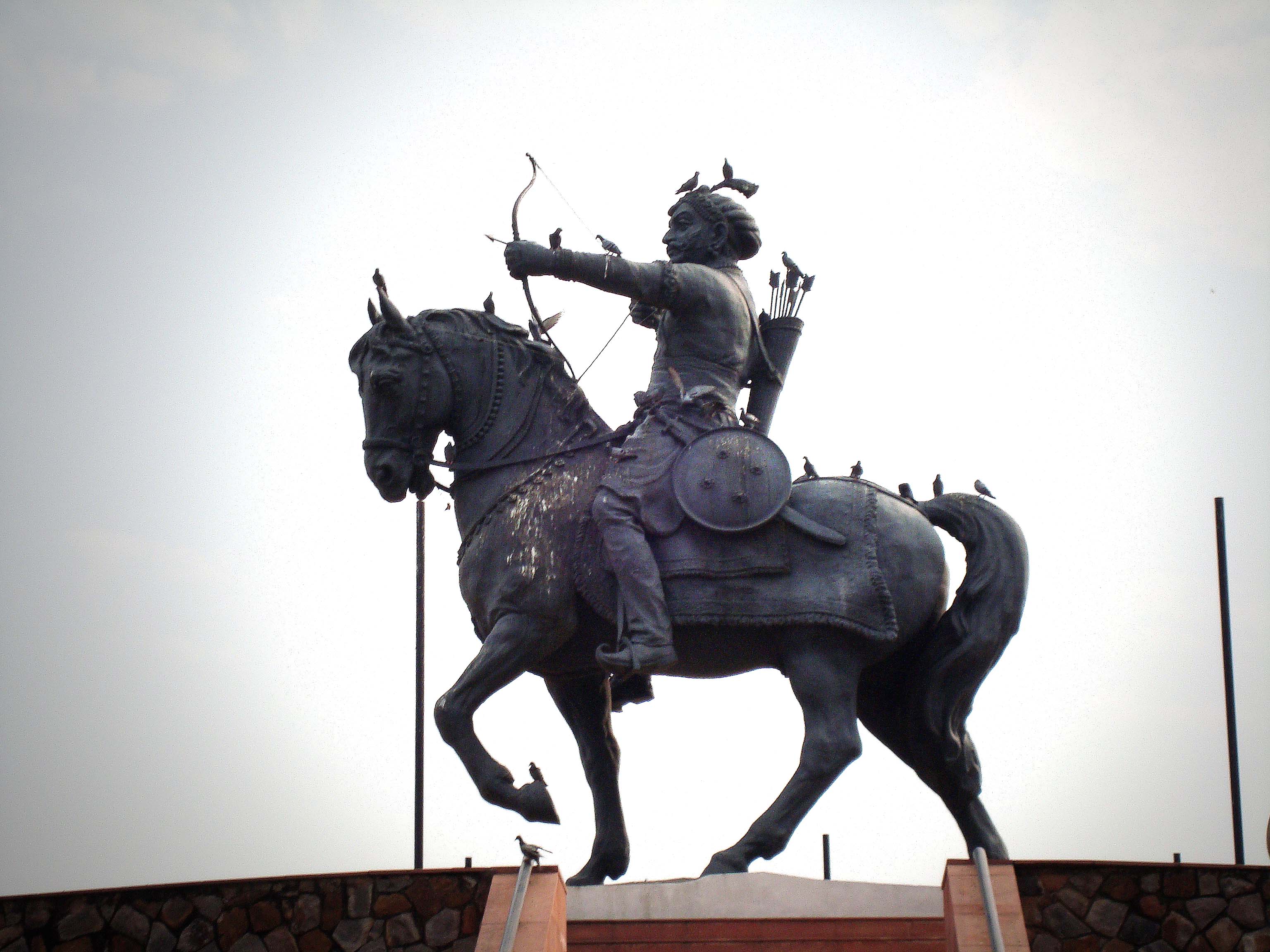|
Pajawan
Pajawan or Pajjun was the 5th Kachhwaha ruler of the Kingdom of Amber. He belonged to the Kachhwaha Rajput clan who had migrated to Rajputana in the 12th century. He was married to Prithviraj Chauhan's cousin and was a prominent and trusted general of Prithviraj. Pajwan fought 64 important battles in his military career. Reign According to the ''Prithviraj Raso'', Pajawan played a role in the battles at Hansi and Nagour, fighting alongside Prithviraj Chauhan, who subsequently appointed Pajawan the governor of Mahoba. He also helped Prithviraj in defeating Bhimdev, a Solanki king of Gujarat. In 1185, Raja Jaichand of Kannauj organised the Swayamvara of his daughter Sanyogita, inviting all the prominent kings and princes to the ceremony, but deliberately avoiding Prithviraj Chauhan. Furthermore, he placed an earthen statue of Prithviraj at the entrance of the venue, posing him as the doorman. Prithviraj got information about it. He arrived at Kannauj in disguise together wi ... [...More Info...] [...Related Items...] OR: [Wikipedia] [Google] [Baidu] |
Kachhwaha
The Kachhwaha is a Rajput clan found primarily in India. They claim descent from the Suryavanshi (Solar) dynasty. Etymology According to Cynthia Talbot, the meaning of word ''Kachhwaha'' is tortoise. Origin There are numerous theories on the origin of the Kachhwahas. Prominent of those theories are of claiming scion from the Suryavansh and the Kurma Avatar of Lord Vishnu. Suryavansh origin Suryavansh Dynasty or Ikshwaku Dynasty or Raghuvansh Dynasty : Kachwaha claim descent from mythological character Kush, a son of the avatar of mythological Vishnu, Rama, as expressed by them citing historical documents during the Supreme court of India proceedings on Ram Mandir at Ayodhya. Ish Devji a Kachhwaha Raja of outstanding merit, with his capital at Gwalior, is recorded to have died in 967 A.D. Brahmin genealogists place him as being the three hundred & third generation after Ikshwaku. The Kachhwahas of Amber are descendants of Ish Devji. According to Rima Hooja, the Kachhwaha ... [...More Info...] [...Related Items...] OR: [Wikipedia] [Google] [Baidu] |
Jaipur State
The Kingdom of Amber, later the Kingdom of Jaipur or the Jaipur State, was located in the north-eastern historic Dhundhar region of Rajputana and was ruled by the Kachwaha Rajput dynasty. The kingdom was established by Dulha Rai, possibly the last ruler of the Kachchhapaghata dynasty who migrated to Dausa and founded his kingdom with the support of Chahamanas of Shakambhari with coalition of Gaur dynasty of sheopur in the 12th century. Under Raja Bharmal, the kingdom heavily aligned with the Mughals and he even married his daughter to Akbar. His son and grandson Raja Bhagwant Das and Raja Man Singh I were leading generals in Akbar's army and helped him in expanding the empire. Mirza Raja Jai Singh I served under Shah Jahan and became a distinguished general. He fell out of Aurangzeb's favor when he was suspected of helping Shivaji escape from Mughal captivity in 1664. Sawai Jai Singh II became the ruler during the decline of the Mughal Empire. He successfully rebel ... [...More Info...] [...Related Items...] OR: [Wikipedia] [Google] [Baidu] |
First Battle Of Tarain
The First Battle of Tarain, also spelt as the First Battle of Taraori, was fought on 14 January 1191 between the invading Ghurid army led by Muhammad of Ghor and the Rajput Confederacy led by Prithviraj Chauhan, near Tarain (modern Taraori in Haryana, India). The battle ended in a victory for the Rajputs; however, Muhammad of Ghor managed to escape and returned to Ghazni. After the Ghurid armies were routed, they retreated to Ghazni and left garrison of 2,000 soldiers under Zia ud-Din Tulaki to secure the fort of Tabarhind (present day Bhatinda) to delay the Rajput army and was successful in keeping them at bay for thirteen months, while Muhammad of Ghor, during these months, raised a stronger army of 120,000 men, and invaded again, leading to the Second Battle of Tarain, which ended Chauhan's rule. Sources The contemporary sources for the battle include ''Tajul-Ma'asir'' of Hasan Nizami (on the Ghurid side) and Jayanaka's ''Prithviraja Vijaya'' (on the Chahamana side) ... [...More Info...] [...Related Items...] OR: [Wikipedia] [Google] [Baidu] |
Amber, India
Amber or Amer, is a city near Jaipur city in Jaipur district in the Indian state of Rajasthan. It is now a part of the Jaipur Municipal Corporation. The picturesque situation of Amber at the mouth of a rocky mountain gorge, in which nestles a lake, has attracted the admiration of travellers, including Victor Jacquemont and Reginald Heber. It is seen to be a remarkable example for its combined Rajput-Mughal architecture. The Amber Fort, a UNESCO World Heritage Site, is the top tourist attraction in the Jaipur area. History Amber was a Meena state that replaced Khoh as the capital of Dhundhar after Kakil Deo, the son of Dulha Rai, defeated the Meenas. The state of Jaipur was earlier known as Amber or Dhundhar and was controlled by Meena chiefs of five different tribes who were under suzerainty of the Bargurjar Rajput Raja of Deoti. Later a Kachhwaha prince Dulha Rai destroyed the sovereignty of Meenas and also defeated Bargurjars of Deoli and took Dhundhar fully under ... [...More Info...] [...Related Items...] OR: [Wikipedia] [Google] [Baidu] |
Hinduism
Hinduism () is an Hypernymy and hyponymy, umbrella term for a range of Indian religions, Indian List of religions and spiritual traditions#Indian religions, religious and spiritual traditions (Sampradaya, ''sampradaya''s) that are unified by adherence to the concept of ''dharma'', a Ṛta, cosmic order maintained by its followers through rituals and righteous living, as expounded in the Vedas. The word ''Hindu'' is an exonym, and while Hinduism has been called the oldest religion in the world, it has also been described by the modern term ''Sanātana Dharma'' () emphasizing its eternal nature. ''Vaidika Dharma'' () and ''Arya dharma'' are historical endonyms for Hinduism. Hinduism entails diverse systems of thought, marked by a range of shared Glossary of Hinduism terms, concepts that discuss God in Hinduism, theology, Hindu mythology, mythology, among other topics in Hindu texts, textual sources. Hindu texts have been classified into Śruti () and Smṛti (). The major Hin ... [...More Info...] [...Related Items...] OR: [Wikipedia] [Google] [Baidu] |
Rajput
Rājpūt (, from Sanskrit ''rājaputra'' meaning "son of a king"), also called Thākur (), is a large multi-component cluster of castes, kin bodies, and local groups, sharing social status and ideology of genealogical descent originating from the northern part of the Indian subcontinent. The term ''Rajput'' covers various patrilineal clans historically associated with warriorhood: several clans claim Rajput status, although not all claims are universally accepted. According to modern scholars, almost all Rajput clans originated from peasant or pastoral communities. Over time, the Rajputs emerged as a social class comprising people from a variety of ethnic and geographical backgrounds. From the 12th to 16th centuries, the membership of this class became largely hereditary, although new claims to Rajput status continued to be made in later centuries. Several Rajput-ruled kingdoms played a significant role in many regions of central and northern India from the seventh century ... [...More Info...] [...Related Items...] OR: [Wikipedia] [Google] [Baidu] |
Rajputana
Rājputana (), meaning Land of the Rajputs, was a region in the Indian subcontinent that included mainly the entire present-day States of India, Indian state of Rajasthan, parts of the neighboring states of Madhya Pradesh and Gujarat, and adjoining areas of Sindh in modern-day southern Pakistan. The main settlements to the west of the Aravalli Hills came to be known as ''Rajputana'', early in the Medieval India, Medieval Period. The name was later adopted by Company rule in India, East India Company as the Rajputana Agency for its dependencies in the region of the present-day Indian state of Rājasthān. The Rajputana Agency included 26 Rajput and 2 Jat princely states and two chiefships. This official term remained until its replacement by "Rajasthan" in the constitution of 1949. Name George Thomas (soldier), George Thomas (''Military Memories'') was the first in 1800, to term this region the ''Rajputana Agency''. The historian John Keay in his book, ''India: A History'', sta ... [...More Info...] [...Related Items...] OR: [Wikipedia] [Google] [Baidu] |
Prithviraj Chauhan
Prithviraja III (IAST: Pṛthvī-rāja; 22 May 1166 – February 1192), popularly known as Prithviraj Chauhan or Rai Pithora, was a king from the Chahamanas of Shakambhari, Chauhan (Chahamana) dynasty who ruled the territory of Sapadalaksha, with his capital at Ajmer in present-day Rajasthan in north-western India. Ascending the throne as a minor in 1177 CE, Prithviraj inherited a kingdom which stretched from Thanesar in the north to Jahazpur, Jahazpur (Mewar) in the south, which he aimed to expand by military actions against neighbouring kingdoms, most notably defeating the Chandelas of Jejakabhukti, Chandelas. Prithviraj led a coalition of several Rajput kings and defeated the Ghurid dynasty, Ghurid army led by Muhammad of Ghor near First Battle of Tarain, Taraori in 1191 However, in 1192, Muhammad returned with an army of Turkish archery, Turkish mounted archers and defeated the Rajput army Second battle of Tarain, on the same battlefield. Prithviraj was captured and summarl ... [...More Info...] [...Related Items...] OR: [Wikipedia] [Google] [Baidu] |
Prithviraj Raso
The ''Prithviraj Raso'' (IAST: Pṛthvīrāja Rāso) is a Braj language epic poem about the life of Prithviraj Chauhan (reign. c. 1177–1192 CE). It is attributed to Chand Bardai, who according to the text, was a court poet of the king. The earliest extant copy of the text dates back to the 16th century, although some scholars date its oldest version to the 13th century. By the 19th century, several interpolations and additions had been made to the original text under the patronage from Rajput rulers. The text now exists in four recensions. It contains a mixture of historical facts and imaginary legends, and is not considered historically reliable. Authorship and date According to tradition, the ''Prithviraj Raso'' was composed by Chand Bardai, Prithviraj's court poet (''raj kavi''), who accompanied the king in all his battles.Gopal, Madan (1996) ''Origin and Development of Hindi/Urdu Literature'' Deep & Deep Publications, New Delhi, India, page 8, The last canto, whi ... [...More Info...] [...Related Items...] OR: [Wikipedia] [Google] [Baidu] |
Bhima II
Bhima II (r. 1178–1240), also known as Bhola Bhima, was an Indian king who ruled the Kingdom of Gujarat. He was a member of the Chaulukya (also called Chalukya or Solanki) dynasty. During his reign, the dynasty's power declined greatly as a result of rebellions by the feudatories as well as external invasions by the Ghurids, the Paramaras, and the Yadavas of Devagiri. The kingdom, however, was saved by his generals Arnoraja, Lavanaprasada and Viradhavala, whose family established the Vaghela dynasty. Early life Bhima II, also known as Bhima-deva, was a son of the Chaulukya king Ajayapala. He succeeded his brother Mularaja II at a young age. Taking advantage of his young age, some of his ''mandalika''s (provincial governors) rebelled against him in order to establish independent states. His loyal feudatory Arnoraja came to his rescue, and died fighting the rebels. Arnoraja's descendants Lavanaprasada and Viradhavala became powerful during Bhima's reign, and ultimate ... [...More Info...] [...Related Items...] OR: [Wikipedia] [Google] [Baidu] |
Gujarat
Gujarat () is a States of India, state along the Western India, western coast of India. Its coastline of about is the longest in the country, most of which lies on the Kathiawar peninsula. Gujarat is the List of states and union territories of India by area, fifth-largest Indian state by area, covering some ; and the List of states and union territories of India by population, ninth-most populous state, with a population of 60.4 million in 2011. It is bordered by Rajasthan to the northeast, Dadra and Nagar Haveli and Daman and Diu to the south, Maharashtra to the southeast, Madhya Pradesh to the east, and the Arabian Sea and the Pakistani province of Sindh to the west. Gujarat's capital city is Gandhinagar, while its largest city is Ahmedabad. The Gujarati people, Gujaratis are indigenous to the state and their language, Gujarati language, Gujarati, is the state's official language. The state List of Indus Valley civilisation sites#List of Indus Valley sites discovered, ... [...More Info...] [...Related Items...] OR: [Wikipedia] [Google] [Baidu] |






